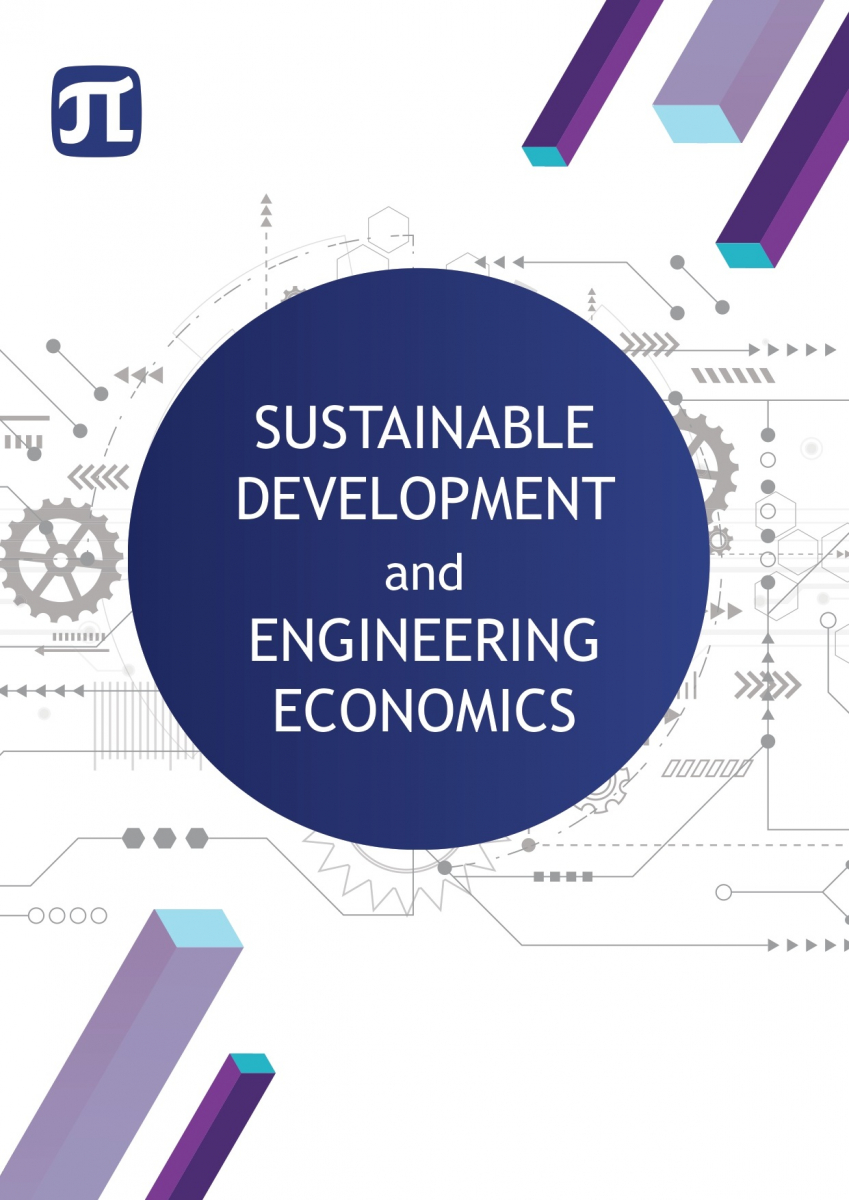Application of self-organizing maps for risk assessment of mining and metallurgical enterprises
Investigation of risk factor assessment and grouping is relevant because ranked risk groups help companies to navigate achieving their strategic development goals while minimizing the impact of external risk factors. Grouping, carried out with neural network modelling, enables the formation of a self-learning model that can be changed by rearranging the vectors of cluster groups under the influence of turbulent external factors. The aim of this research was to develop a risk factor-prioritizing neural network model for a vertically integrated mining and metallurgical company. To attain this goal, the authors identified risk factors by the mining and metallurgical enterprises’ key activities and allocated them into key groups by forming a risk register. In accordance with the risk register, the degree of influence and probability of each risk factor was assessed using the expert assessment method that allows for calculating the significance of each risk factor. The formation of risk factor groups by significance was carried out using the method of Kohonen self-organizing maps. The DataBase Deductor Studio Academic 5.3 software was used to simulate the results and build the artificial two-layer neural network. The study proved to be effective for (1) identifying the major risks and risk factors inherent in vertically integrated mining and metallurgical companies based on annual company reports; (2) assessing the impact and probability of risk factors using an expert computational method; (3) graphically presenting a two-layer neural network for further simulation; (4) forming five groups using neural simulation based on Kohonen networks; and (5) interpreting the simulation results, identifying the most significant risk in management decision-making and putting forth brief recommendations on using artificial neural networks for risk analysis and assessment. Based on the research results, recommendations on the use of artificial neural networks for risk analysis and assessment for vertically integrated mining and metallurgical companies are provided. The proposed algorithm allows large vertically integrated companies with a complex organizational structure and technological processes, as well as a wide list of risks affecting their activities, to quickly identify the most significant risks.


